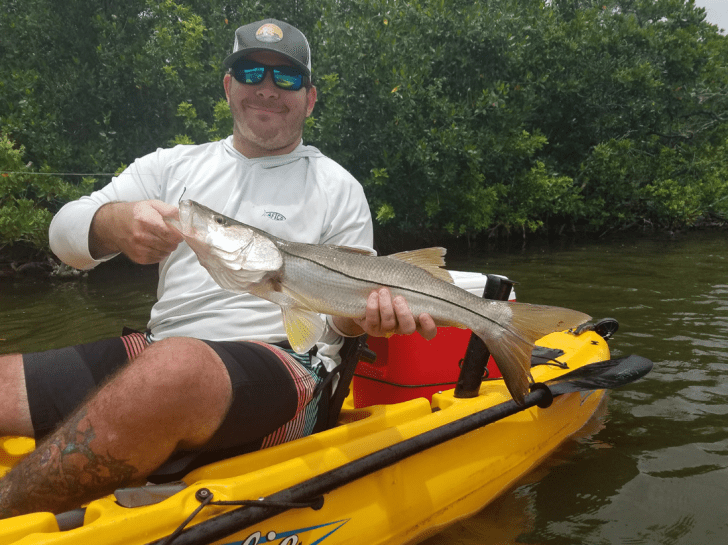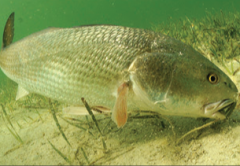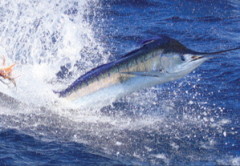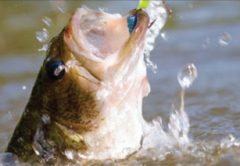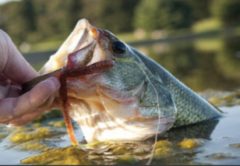Every October is special on Central Florida’s east and west coasts, mostly because we live in an amazing place but also, we finally get a little break from the heat and humidity. Even though our winter weather and cold days are still a bit far off it is nice to feel that little bit of reprieve. We won’t be the only residents that take notice of the difference in the season. All the fish we spend our days in pursuit of will start to transition in expectation of the pending cold and scarcity of prey. Their diet changes along with daily habits.
Some of our more temperate temperature loving fish won’t be affected as much due to the mild winters we have in Central Florida so many of them will carry on as nothing is changing. For our more tropical species the luxury of relaxation as waters cool is not afforded. Both Snook and Tarpon fall squarely in this category with an inability to handle cold water temperatures for any long period of time. This ensures that these fish will have to find a way to make it when our weather turns to the cold side. Snook on the east coast will typically not migrate to the southern part of our lagoons or destinations far beyond in search of warmer suitable winter waters like the tarpon often do. They will hunker down in a more localized fashion by finding backwaters, deeper areas, and even the power plant that will moderate water temps when the time comes. In the backwater pockets and still canals protection from north winds and their mud bottoms help hold heat from the sun keeping the water warmer by several degrees as the night settles in. The power plant is no doubt an oasis any snook would be fortunate to find for its warm water outflow and prevalent food. Port Canaveral will also play host to scores of wintering snook as the deep water and proximity to the ocean will keep the comfort level high over those cooler months.
The snook that enjoyed their summer on the beach and the lagoons will all use this month and next as the transition time to ensure survival. Most will be more than willing to feed with reckless abandonment as the urge to pack on pounds supersedes their typically shy behavior. With the last decade of mild winters our snook population has exploded and without a hard cold winter that trend should hold strong.

